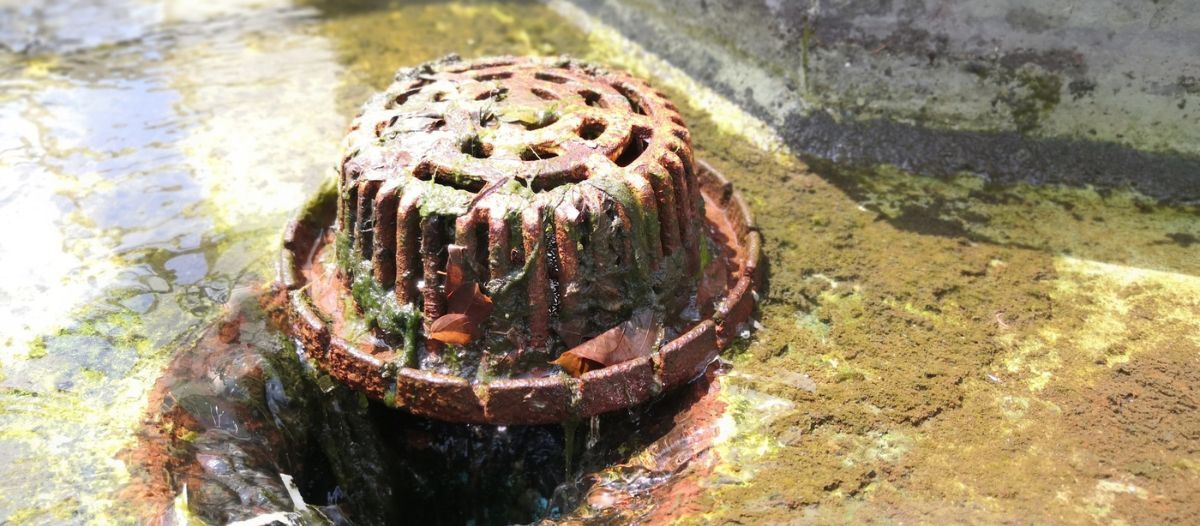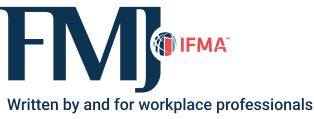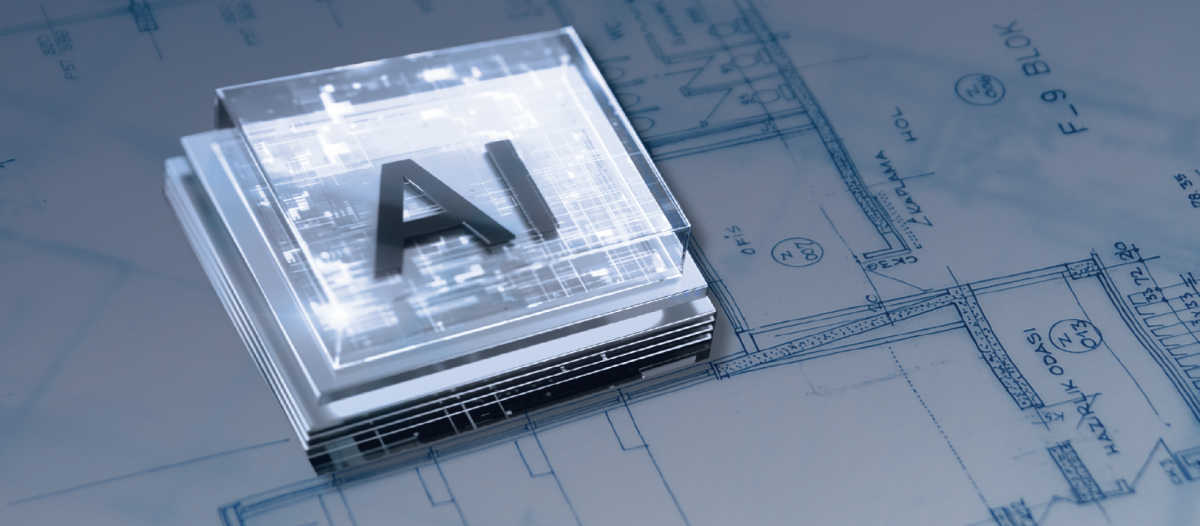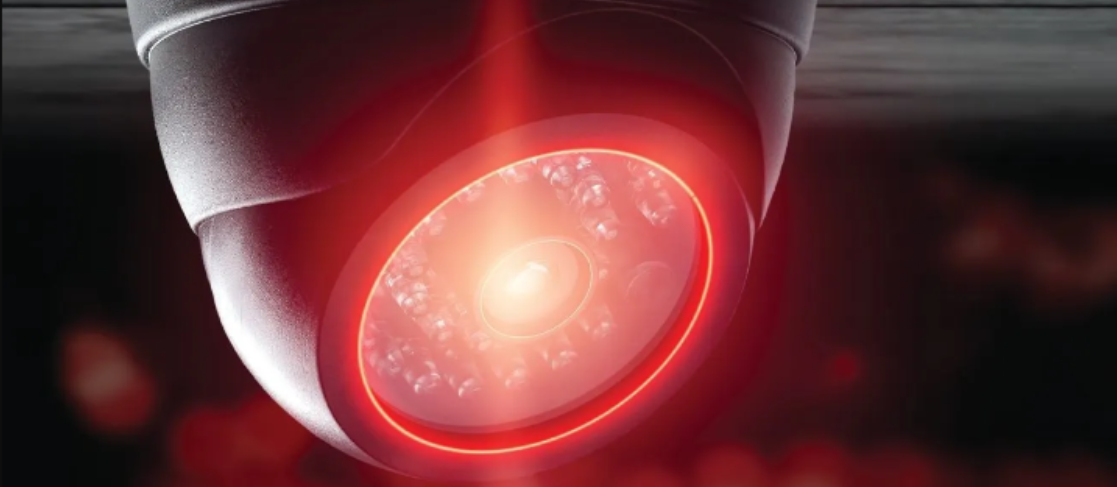Preventive Drain Maintenance
Preparing facilities for seasonal weather risks

As seasonal weather patterns grow more unpredictable, facility managers face heightened risks when it comes to maintaining their drain systems. In North America, fall weather brings unique challenges, from heavy rainfall to leaf accumulation and fluctuating temperatures. Elsewhere, seasonal transitions may take different forms, but the risks of water damage, debris buildup, and unstable conditions are just as pressing.
Drainage systems, often overlooked until they fail, are among the most critical components of a facility’s resilience. When properly maintained, they protect structures from water intrusion, preserve foundations, and minimize operational disruption. When neglected, they can lead to flooding, costly repairs, and compromised safety.
Flooding already accounts for nearly half (47 percent) of natural disasters globally, according to the United Nations Office for Disaster Risk Reduction, and losses from such events reach tens of billions of dollars each year. Against this backdrop, facilities of every size — from universities and hospitals to industrial plants and office complexes—must view drainage upkeep not as routine housekeeping but as a cornerstone of risk management.
Seasonal challenges in the fall
The autumn season presents unique drainage risks. Falling leaves clog gutters and storm drains, restricting water flow. Seasonal rainfall events are becoming more frequent and intense, testing the capacity of existing infrastructure. In temperate regions, freeze-thaw cycles open cracks in pipes and catch basins, accelerating deterioration. Even arid zones are not immune: sudden storms produce flash floods that overwhelm poorly maintained systems.
Beyond leaf accumulation, seasonal storms often produce heavy runoff that overwhelms stormwater systems not designed for today’s rainfall intensity. Parking lots and loading docks are particularly vulnerable, as standing water in these areas can create slip hazards, damage vehicles, and disrupt deliveries. For healthcare, education and industrial facilities, even brief interruptions in access routes can escalate into major operational issues. Addressing these vulnerabilities before the season begins ensures continuity of service when weather conditions are at their worst.
For facility leaders, the question is not whether these challenges will arise but whether their buildings are prepared to withstand them.
Roof drains: The first line of defense
For many commercial buildings with flat or low-slope roofs, roof drains are the primary, yet often overlooked, drainage safeguards. These drains collect water from the roof surface and channel it into piping systems that discharge safely away from the building. When clogged with debris such as leaves, sediment, or even ice, roof drains can cause ponding, roof membrane damage and costly leaks that disrupt operations.
Routine inspection and cleaning are critical, especially during the fall and after major storms when debris is most likely to accumulate. Facility managers should ensure that strainers are intact and free of blockages and confirm that piping connections are watertight to prevent seepage inside the building. In many cases, coordinating drain maintenance with scheduled roof inspections is the most efficient way to protect both the roofing system and interior spaces.
Traditional gutters and downspouts remain important in facilities with pitched roofs or mixed-use structures, where they carry runoff away from walls and foundations. As with roof drains, regular cleaning and inspection are vital to prevent backups and structural damage.
💡Operational tip: Align roof drain maintenance with roof inspections to maximize efficiency and anticipate issues before they become emergencies.
Surface drains & catch basins
Beyond the roofline, surface drains and catch basins protect landscapes, paved areas, and below-grade structures such as basements and underground garages. Yet, these inlets are prone to blockages from soil, leaves and debris, which can create localized flooding that seeps into lower levels.
Regular inspections during the fall season are recommended to clear visible obstructions and assess grate alignment. Multi-building facilities should map their drainage networks to identify and track high-risk locations and utilize preventative maintenance to reduce both the severity and frequency of disruptions.
Advanced tools for deeper protection
While visible components demand attention, hidden problems often pose the greatest risks to large infrastructures. Advanced technologies are now widely available to help FMs identify and address issues before they escalate.
-
High-pressure water jetting: Cleans organic waste, grease, silt, and tree root intrusion inside pipes, restoring the full interior diameter and improving flow.
-
Video inspection cameras: Provide real-time imaging inside drains and sewers, allowing early detection of cracks, corrosion, or blockages.
-
Pipe locating & leak detection technology: Identifies the precise location and depth of buried drain lines, supporting accurate diagnoses and reducing the risk of accidental damage during facility maintenance or renovations.
These tools enable a proactive rather than reactive approach, helping facility leaders shift from emergency response to long-term resilience planning.
Sump pumps: Safeguards for below-grade areas
In facilities with basements or lower-level storage, sump pumps are critical defenses against flooding. Yet these systems often fail when needed most because they are not tested or serviced regularly. A failed sump pump can turn a minor storm into a costly disaster.
Quarterly inspections should confirm proper activation and ensure discharge pipes channel water away from the foundation. Backup power supplies should also be tested, particularly in regions where storms frequently trigger outages.
💡Best practice: Maintain a pump testing log to track inspections and ensure accountability.
Integrating drainage into facility risk management
Drainage systems cannot be considered in isolation. Their performance impacts and is affected by their building systems:
-
HVAC systems: Water intrusion increases humidity, forcing units to work harder and raising energy costs.
-
Electrical rooms: Even minor seepage introduces safety risks and downtime.
-
Landscaping & grounds: Poor drainage causes soil erosion, damaging walkways, retaining walls and plantings.
By integrating drainage into overall risk assessments, FMs create a more holistic view of building resilience.
The case for prevention
Preventive maintenance is not just about avoiding emergencies — it is also about protecting budgets and advancing sustainability. Research shows every dollar spent on preventative care saves multiple dollars on future repairs.
Environmental benefits are equally important. Preventing water intrusion reduces the need for dehumidification and mold remediation, both of which consume significant energy. Extending the lifespan of structural materials avoids resource-intensive reconstruction. In short, drainage maintenance is both a financial and ecological safeguard.
Global adaptation of best practices
The principles of drainage maintenance are universal, but application must be tailored to regional conditions:
-
Tropical zones: Near-continuous inspections and robust surface drainage are critical to handle high rainfall.
-
Temperate climates: Freeze-thaw cycles demand special attention to cracks and fissures.
-
Desert environments: Sand and sediment buildup must be cleared regularly to avoid flash flooding.
-
Coastal regions: Storm surge and saltwater corrosion require protective materials and heightened inspection.
Adapting strategies to local challenges builds resilience against increasingly volatile weather patterns.
Training & workforce development
Technology and planning are only as effective as the people implementing them. Many drainage issues escalate because staff are unfamiliar with early warning signs or proper maintenance techniques.
A structured training program ensures consistency and builds institutional knowledge. Demonstrations, hands-on workshops, and certification programs equip teams with the skills to:
-
Identify early indicators of system failure.
-
Document maintenance for compliance and budgeting.
-
Understand the layout of their facility.
-
Know when to call a specialized expert.
Training should also emphasize safety. Working in confined spaces, handling equipment, and managing electrical systems near water all require clear protocols to prevent injury. Building a safety-first culture protects both workers and facilities.
Maintenance schedules & documentation
One of the most effective ways to ensure consistency and the safety of a building is to build a recurring schedule for drainage inspections. Seasonal calendars help facility leaders plan around peak risk periods—spring snowmelt, fall leaf drop and winter freeze-thaw cycles.
Digital record-keeping is equally important. Logging inspections, cleaning dates and equipment testing results creates accountability while tracking long-term system performance. Many organizations use computerized maintenance management systems to automate reminders and store documentation.
Well-documented maintenance records also serve as valuable evidence when negotiating with insurers, applying for certifications, or meeting compliance requirements. A clear paper trail demonstrates that preventative measures were taken, strengthening a facility’s position in the event of damage claims.
Communicating with stakeholders
Drainage maintenance is often invisible until it fails, which makes budget approval a challenge. Facility leaders must frame preventative drainage care as a core business continuity measure.
Positioning a maintenance program against the cost of potential damage, such as mold remediation, foundation repair or lost operational time, creates a compelling case for investment. Aligning drainage programs with sustainability and resilience reporting further elevates their importance in the C-suite’s eyes.
It is also important to frame preventative drainage maintenance as a matter of safety and business continuity, not just cost savings. Flooded entryways, icy walkways from poor drainage or compromised electrical rooms pose real risks to employees and visitors. By presenting drainage care as a commitment to safety and reliability, facility leaders can build stronger support from both executives and staff. This reframes maintenance as an investment in people as much as in property.
Looking ahead
With a greater frequency and severity of weather events, drainage systems will continue to play an outsized role in facility resilience. Advances in smart monitoring, predictive analytics and sustainable building design will give managers new tools, but the fundamentals will remain the same: clear gutters, maintained surface drains, tested sump pumps and informed staff.
Insurance carriers are also paying closer attention to preventative maintenance, with many incorporating resilience measures into their underwriting decisions. Organizations that can demonstrate proactive drainage care for their facilities may benefit from lower premiums or more favorable coverage terms in the years ahead.
The choice is clear: investing in proactive drainage maintenance is not merely a best practice but also a global imperative.

Read more on Operations & Maintenance and Risk Management or related topics Emergency preparedness, response and recovery , Risk Management and Maintenance
Explore All FMJ Topics









